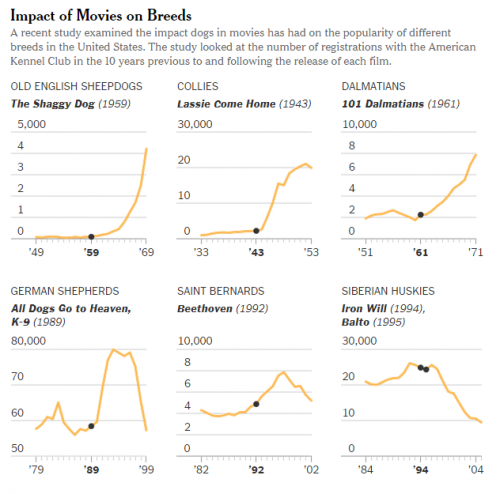Flashback Friday.
A website called Found in Mom’s Basement posted this vintage toilet paper ad that plays on the stereotype that Scottish people are cheap. From the post:
Although the stereotype of the cheap Scotsman isn’t as widely known in the U.S. today, going back a few decades it was an ethnic stereotype that was used freely, often making the Scots the butt of jokes.

The post has links to several examples, such as the Studebaker Scotsman, a low-cost, minimal-options car. As a commenter to that post pointed out, Safeway’s store brand cigarettes, advertised as being inexpensive, was “Scotch Buy.” For a more recent example, we have McFrugal, a hardware site (now down):

A reader, Julia, noted that Scotch tape was named that because:
it originally had adhesive only on the edges of the tape. [An early user] told a 3M salesman to go back to his “Scotch bosses” (presumably too cheap to put adhesive all over the tape) and make it stickier.
The Scots-are-cheap stereotype is a great example of how ethnic stereotypes can lose their power. Maybe I’m just oblivious, but until a few years ago, I’d never heard of the stereotype that Scots were cheap. Without that context, the associations the ads are attempting to make would be meaningless to me — I would have just thought it was odd that McFrugal had a guy with bagpipes, but not understood that it might have any meaning. When I asked students in my race class about this, only a couple had ever heard this stereotype.
Obviously, though, it used to be a very common, widely-recognized notion. Much like the Irish and other European ethnic groups, as Scots became part of the larger “White” racial category, ethnic distinctiveness and stereotypes have become less prominent.
Originally posted in 2009.
Gwen Sharp is an associate professor of sociology at Nevada State College. You can follow her on Twitter at @gwensharpnv.











